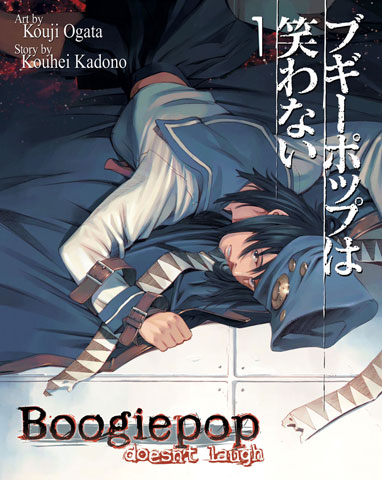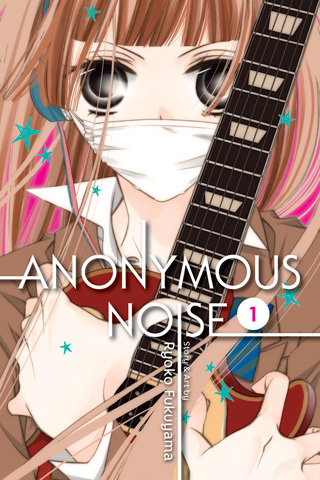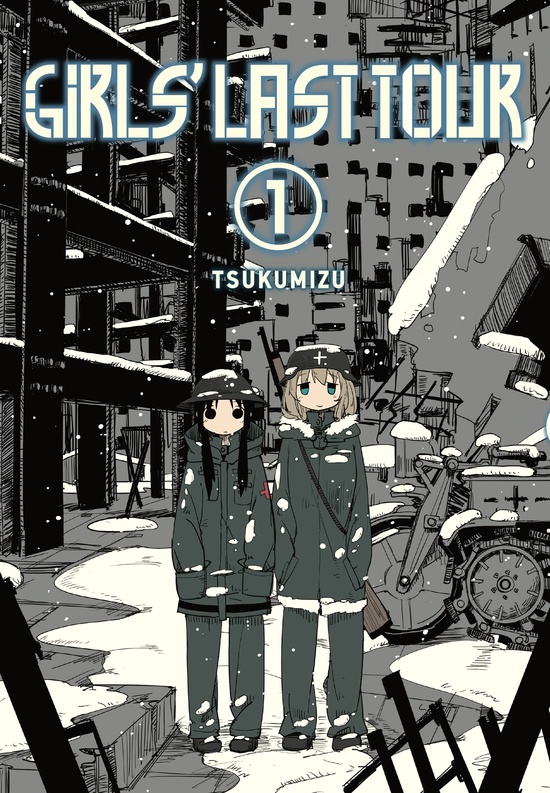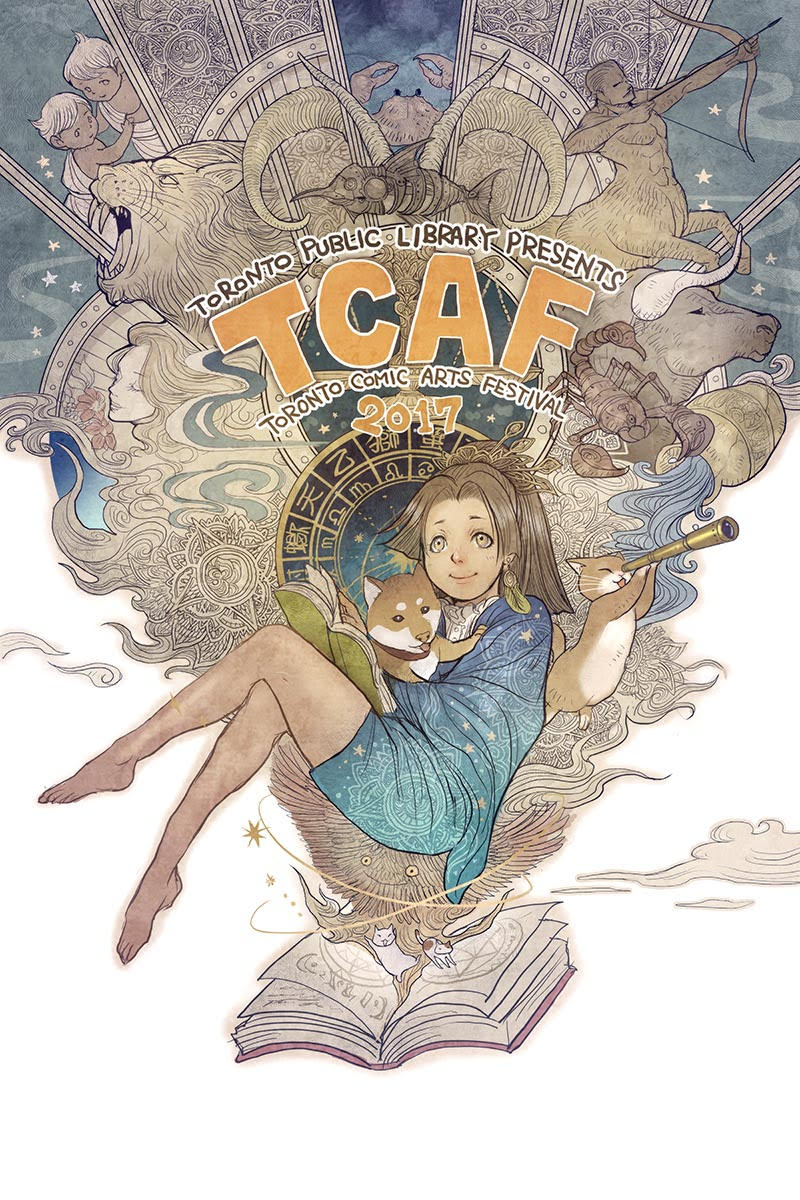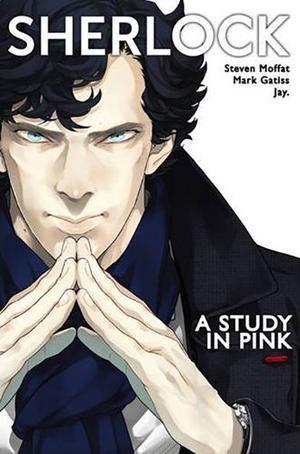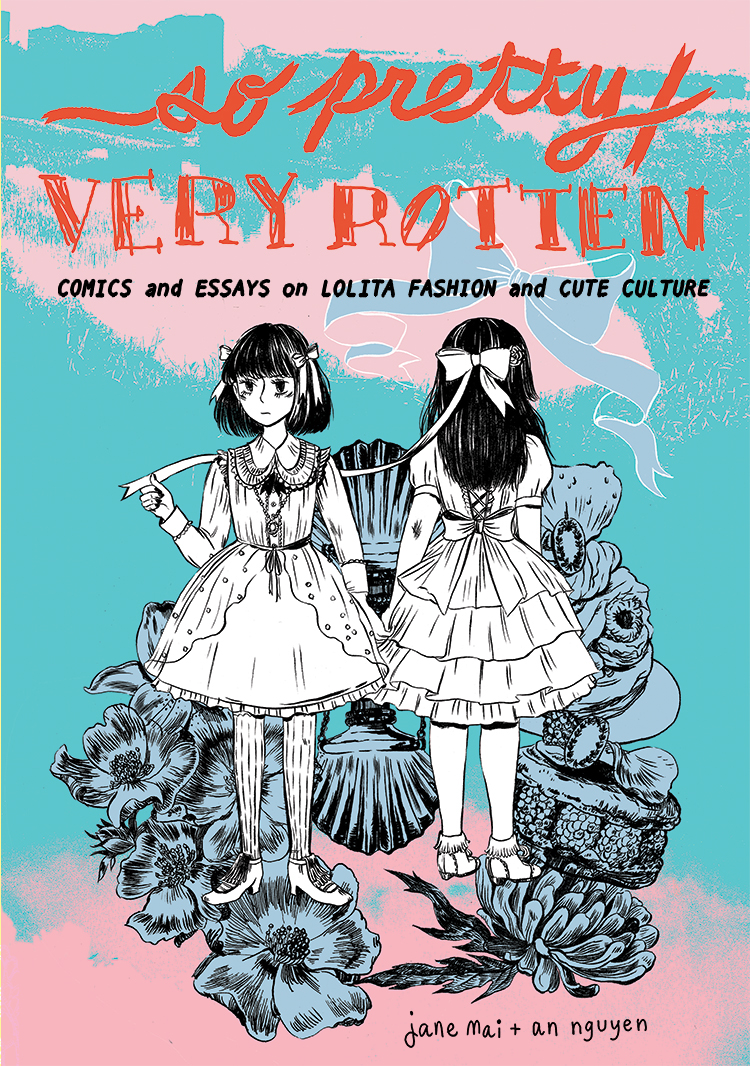My News and Reviews The most recent manga giveaway at Experiments in Manga was posted last week. This month everyone participating has a chance to win Anonymous Noise, Volume 1 by Ryoko Fukuyama. …
Continue Reading about My Week in Manga: May 29-June 4, 2017 →
